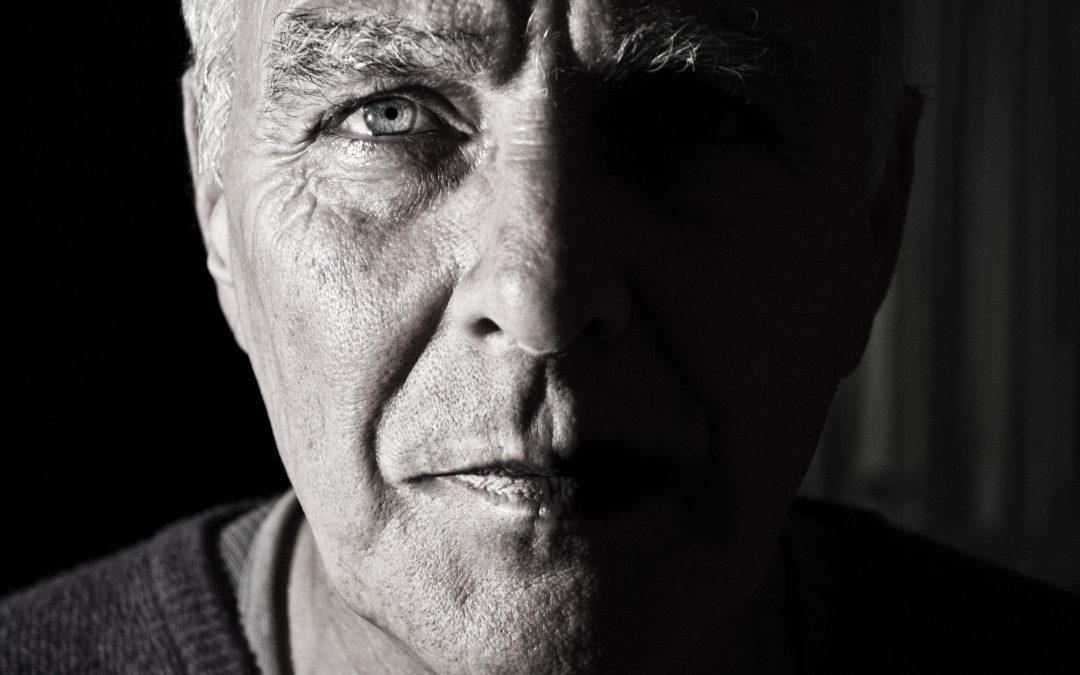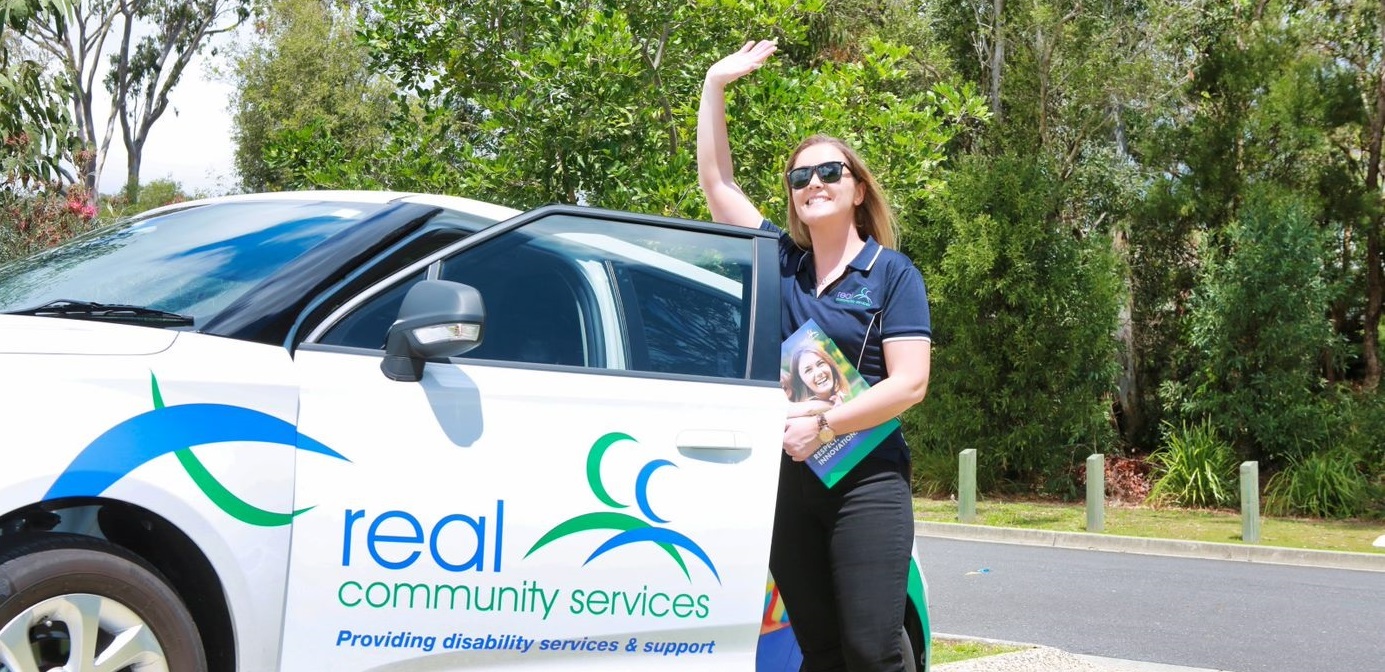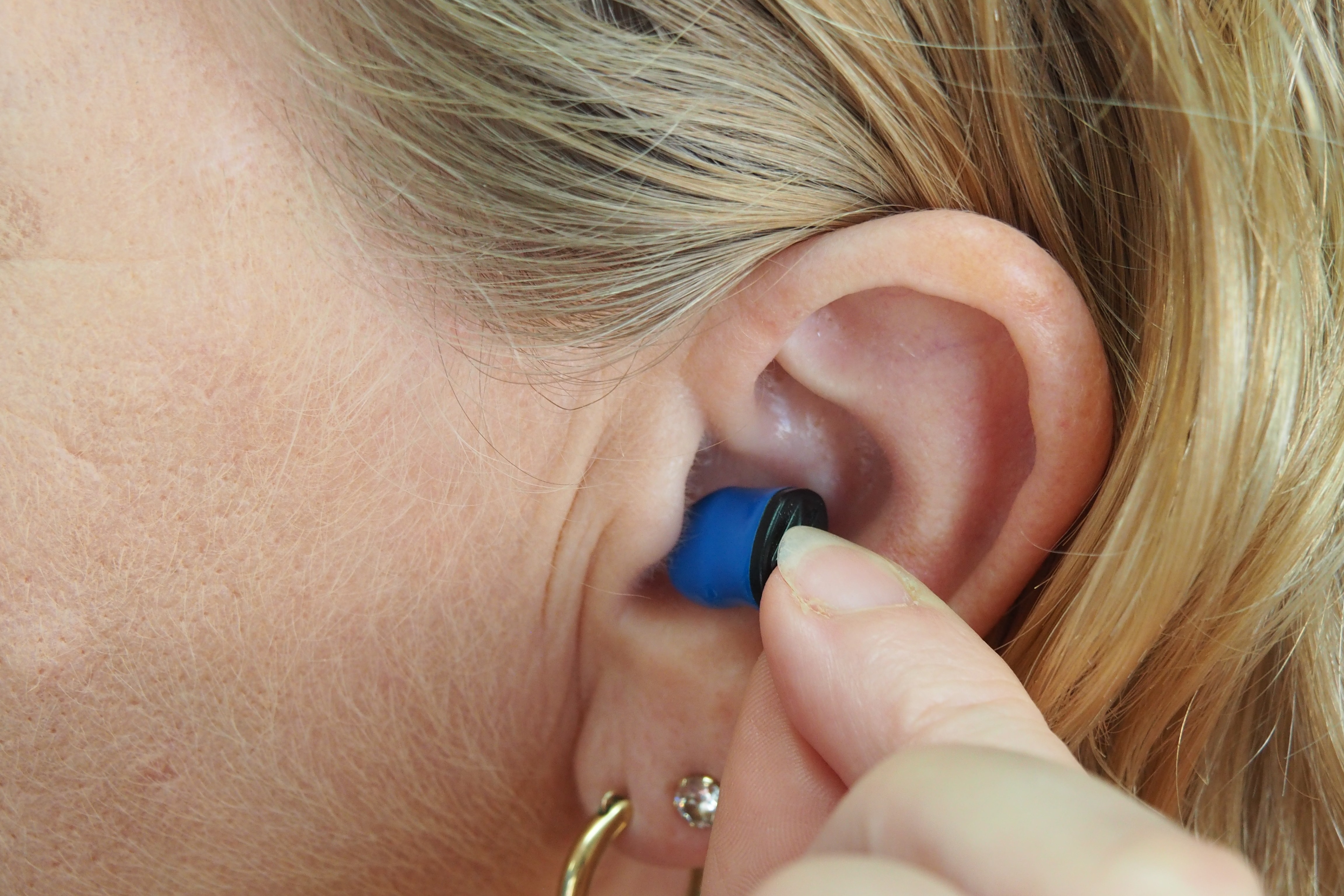We all go through times in our lives when we feel a little down or sad, but for many people their sadness can be the first sign of a much more serious mental illness like depression. In fact one in seven Australians will experience depression at some stage of their life, with a recent study finding that diagnoses of depression and anxiety disorders has risen dramatically over the past eight years. So how can you tell if someone you care for is depressed or just feeling the blues?
Beyond Blue describes sadness as a cold, while in contrast depression is a serious flu. They might look similar from a distance, but they’re actually quite different up close. While you might not be able to spot the difference straight away there are some key points of difference between the two. Here are our 5 things to look out for when you’re concerned about someone you care for.
-
Emotion or mental illness?
Sadness is a normal part of life and an emotion we will all experience at some stage. Afterall without a bit of sadness in our life we wouldn’t know what happiness is! Sadness is often a temporary change in mood that still allows someone to go about their normal daily activities and can often be improved with a little TLC.
Depression on the other hand is much more than just an emotion and can affect many areas of their daily life. A person suffering from depression may struggle to find joy in things they once enjoyed, have difficulty maintaining relationships with partners and family and friends, and experience changes in their general behaviour and physical appearance including:
- changes to their sleeping patterns
- loss or change of appetite
- significant weight loss or gain
- feeling, sick and run down
- experiencing headaches and muscle pains.
-
Is it temporary or something more?
Because sadness is a normal human emotion it is often only temporary and will pass in due time. It can reappear in lapses throughout our life and can last for days or a week or so at a time. However someone experiencing a period of sadness can still experience moments in their day when they feel joy.
Those suffering from depression will feel a more constant sadness, and generally are unable to maintain their regular activities for two weeks or more. Their symptoms will appear continuous and they will feel as though nothing will ever be able to bring them joy or happiness again.
-
Is there a trigger or sole cause?
Sadness is most often a result or reaction to a certain event or situation. Whether it’s a relationship breakdown, a difficult time at work, or the loss of a loved one, these experiences can cause someone to go through a period of grief or sadness. When someone is sad about a specific situation, they can still usually feel happy about other things, and with time or a change in circumstances their sadness will fade.
While specific events and situations can also lead to depression, they are often only a trigger and not the sole cause. Someone’s depression is not directly linked to a specific reason but can be brought on by a combination of environmental and physical factors which then lead to a sense of helplessness, loneliness, or lack of self-esteem.
-
Are they self-critical or self-harming?
One of the key symptoms which distinguishes depression from sadness is a sense of self-criticism or low self-esteem. Those suffering from depression will often have a sense of worthlessness, believe they are not deserving of good things in life, or have thoughts that their life isn’t worth living. They may also be overly self-critical of their appearance and have other mental health issues including eating disorders or anxiety. These self-critical thoughts can also lead to self-harm, isolation, and withdrawal from social activities.
-
Are there any risk factors for depression?
While both depression and sadness can affect men and woman of any age across all ethnic groups and socioeconomic backgrounds, there are several factors that can put someone at a higher risk of developing depression than others. Being conscious of these risk factors can help in identifying potential depression and can help develop an effective treatment plan. These risk factors include:
- Early childhood or teenage trauma
- Inability to cope with a devastating life event, such as the death of a child or spouse, or any situation that causes extreme levels of pain
- Low self-esteem
- Family history of mental illness, including bipolar disorder or depression
- History of substance abuse, including drugs and alcohol
- History of prior mental health disorders, including anorexia, bulimia, post-traumatic stress disorder (PTSD), or anxiety disorder
If you are concerned someone you care for is suffering from depression, it’s important to encourage them to seek help from their GP or medical professional. There are many forms of depression and a range of treatments and medications that can be included in a personalised treatment plan.
Contacts: Lifeline and Beyond Blue

















